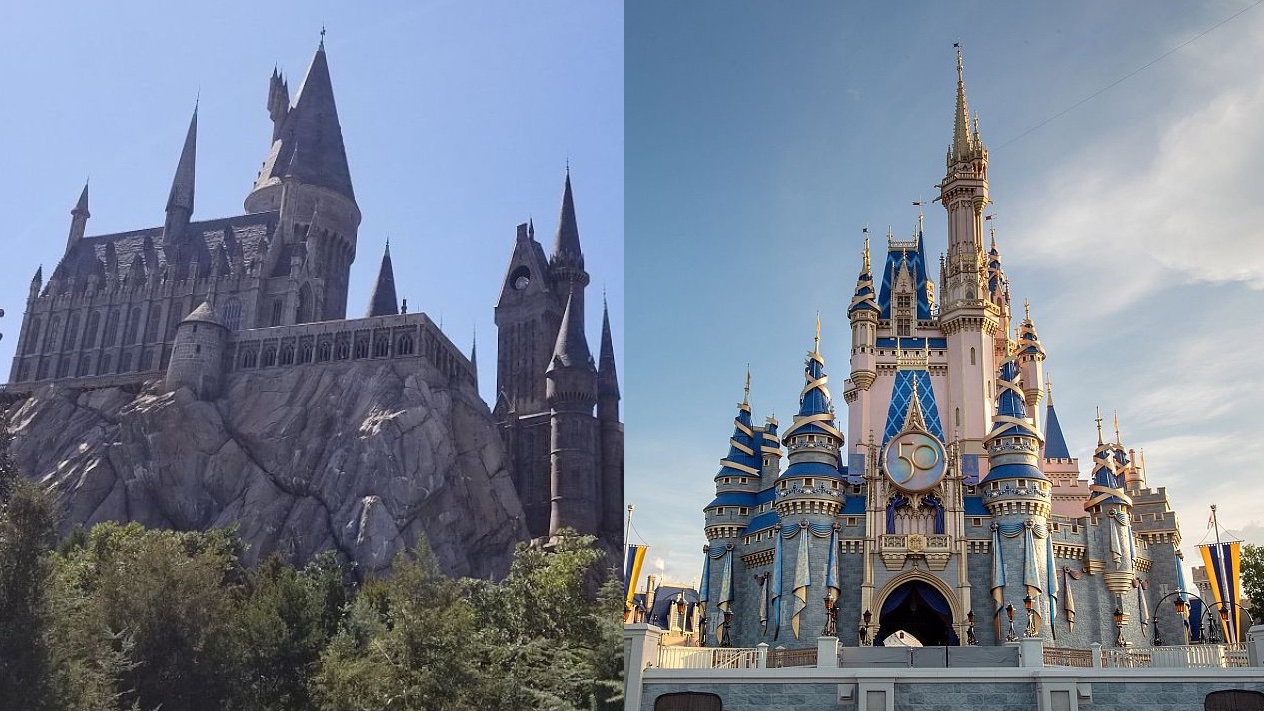Glorious Nostalgia: 10 Movies That Made Us Yearn For Another Time

The best movies have a transformative power. They allow us to see the world from a different angle and appreciate what it might be like to live as someone else. I’m a now guy. I love the present, and I’m happy to be alive during this specific moment. I’m not one of those people who typically wish they could have fought in the Roman Legion or attended wild, carefree 1920s parties, but every now and again, I see a film that makes me want to occupy another space, if only for a few hours.
Looking back at history, it’s hard not to think about all the things previous generations lacked. From cell phones to twenty-four hour grocery stores, the world our forefathers inhabited was absent many of the comforts we use daily, but without any knowledge of what was to come, they lived just as happily as we. A great movie set in a bygone era shows that and allows the viewer to experience all the wonder and joy our parents, grandparents and earliest descendants saw.
The following list is a celebration of the movies that made us feel nostalgic. It’s a tribute to the films that made us fall in love with the past, and most of all, it’s a wink to The Artist which celebrated Hollywood’s Golden Age so enthusiastically and touchingly (out on Blu-ray June 26th). The story arcs and events they portray might be fictional, but in all the details, they seem genuine and at their best, inviting.

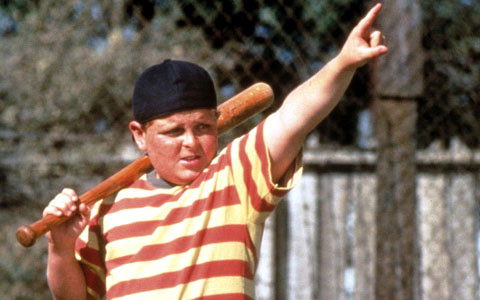
The Sandlot (Set In 1962)
The best thing about The Sandlot, apart from Wendy Peffercorn’s legs, Hamilton Porter’s belligerence and Smalls’ horrible hat, is how it feels both eternal and uniquely a product of its time and place. The music, the clothes and the methods of communication are all very distinctly early 1960s, but the joy of getting in the better one-liner in a heated argument has been known to every kid on the planet since Cain and Abel. There’s something extremely innocent about that time in American history, but there’s also something extremely innocent about that time in most of our lives. I might not long to be a kid again, but part of me would like to strut around the bases and taunt the pitcher one more time, whether it be in 2012 or 1962.
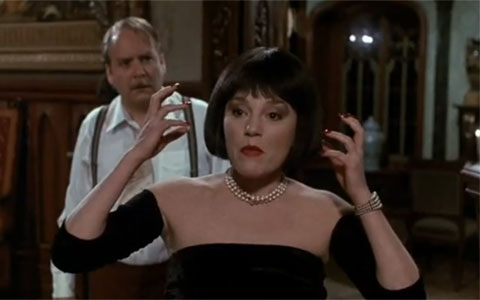
Clue (Set In 1954)
With all due respect to Agatha Christie, no murder-in-a-large-house story has ever been as fun, fast-paced or clever as Clue. Set in a world already on edge thanks to McCarthyism, the main characters hurl accusations and kill off the hired help with a classy sophistication and judgmental edge perfect for the 1950s. Using “Shake, Rattle and Roll” as a backdrop, the film drops us into an opulent home and lets us get to know movers and shakers with secrets such as war profiteering, hidden homosexuality and socialist friends. It’s a mess of highbrow asides, lowbrow pratfalls and unyielding energy, which by any measure, is more fun than the House Un-American Activities Committee.
Your Daily Blend of Entertainment News
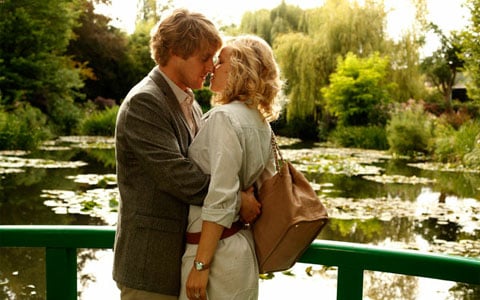
Midnight In Paris (Set In 2010, 1920s, 1890s)
Midnight In Paris might ask us to find happiness in the present, but that doesn’t mean it makes the past seem dull or insignificant. In fact, most of the film’s greatest moments feature Gil getting to know some of the best and brightest Paris had to offer in the 1920s and later 1890s. That’s because, at home in their times and places, the men and women he encounters feel alive. They attack the moment, while, in the present, he simply meanders without purpose. Paris might be more beautiful in the rain, but it’s at its greatest when its residents seize the day. It’s inspiring to watch, and it’s somewhere I’d love to spend a few more hours.

A Christmas Story (Set In Late 1930s/ Early 1940s)
All of the movies on this list transport viewers to another time and place, but the odd thing about A Christmas Story is, to many, watching it brings back memories of their own more recent Christmases. I’ve watched it at least once every December for the last fifteen years, and each time, it makes me feel as warm and giddy as Ralphie when he first opens his beloved Red Ryder BB Gun. Set in the late ‘30s or early ‘40s, it winds along at its own pace and deals with problems like Oldsmobiles freezing up, furnaces on the fritz, long lines to see Santa Clause and the Chicago Bears playing like chipmunks. The weather might be cold, but Mrs Parker’s actions still feel warm, provided one doesn’t accidentally drop an f-bomb.
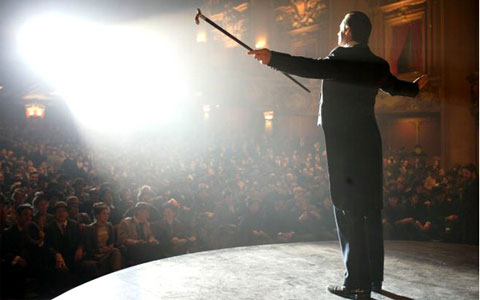
The Prestige (Set In 1890s, 1900s)
The basic plot of two magicians frantically trying to one-up each other could have happened in practically any era, but there’s something incredibly fitting about The Prestige happening in the late 1890s/ early 1900s. Ideas long considered magical pipe dreams were suddenly becoming real science. Edison and Tesla were pushing the bounds of electricity, Marconi was making great headway in wireless technology and early automobiles were becoming more advanced every few years. It was a decade in which anything seemed possible, and The Prestige perfectly captures that spark. I love the greeting Angier first gets at the hotel in Colorado Springs from the dozens of servants, and I love the thrill seen in the audience’s faces when they’re wowed by the spectacular. It was a wonderful time for daring thinkers, and the characters in The Prestige fit into that world perfectly.
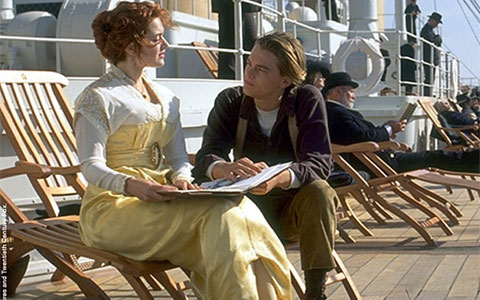
Titanic (Set In 1912)
Like the mafia, there’s something oddly fascinating about old money, and few things are a better symbol of old money than the Titanic. The almost nine hundred foot ship carried its share of second and third class passengers too, but it’s the Astor’s, the Straus’, the Gordon’s, Unsinkable Molly Brown, Benjamin Guggenheim and a few others we all remember. Titanic does a wonderful job of illustrating the divides between first and third class and between old money and new money, but ultimately, the men and women aboard the ship either live or survive, not as rich or poor, but as cowards or heroes. The RMS Titanic will be remember for centuries because of what happened, but even knowing how it ended, it’s hard not to be envious of the passengers who got to walk up that breathtaking staircase.
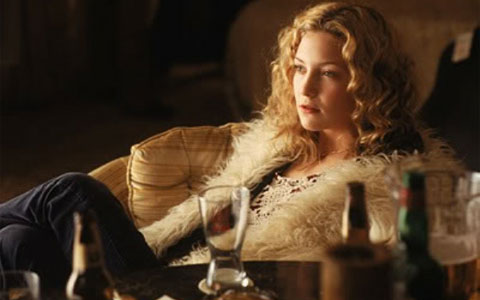
Almost Famous (Set In 1973)
Almost Famous works because in 1973, it’s totally reasonable to think a teenager could somehow talk himself backstage at a concert and wind up writing for Rolling Stone. In fact, just a few years before that, the magazine actually asked its readers to send in reviews of albums for potential publication. That’s how Lester Bangs got hired, and that would never happen today. I think it’s unfair to say the world was more innocent in the 70s, but it was definitely different, a time of big beards, loud music and open doors to those willing to put themselves out there. With an amazing soundtrack, lots of crazy outfits and the keen eye needed to depict the slow corporatization of Rock N Roll, Almost Famous feels like home and makes us wonder how the hell Stillwater would survive the ‘80s.
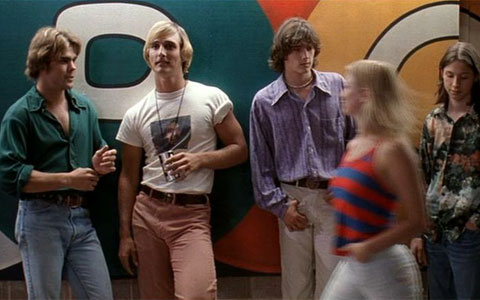
Dazed And Confused (Set In 1976)
Dazed and Confused might not have much of a plot or any real structure, but in a lot of ways, that’s what makes it feel so much like teenage life. The recently freed students of Lee High School are willing to do anything to pass the time and have a few laughs. From impulse vandalism to underage drinking to games of pool and foosball, the older kids are drifting through lazy, boring evenings, while the younger kids and the outcasts are finding the same moments exhilarating and magical. In a few years, they’ll be bored too, and that cycle, more than the reduced drinking age and hands-off approach to hazing, makes Dazed And Confused feel extremely nostalgic.
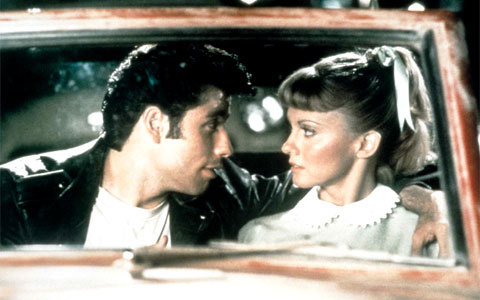
Grease (Set In 1958)
There’s no way the 1950s were actually like Grease, but in a lot of ways, the film is how most of us like to think about the 1950s. With beauty school dreams, coordinated outfits and plenty of songs, Danny Zuko and Sandy Olsson are idyllic mementos of a (mostly) fraudulent bygone era, but given musicals are typically ludicrous exaggerations to begin with, Grease still feels honest and genuine, kind of like Happy Days. Besides, it’s nice to think about 1958 without remembering the Brooklyn Dodgers were in the middle of moving and Dwight D Eisenhower was already fretting about the military industrial complex.
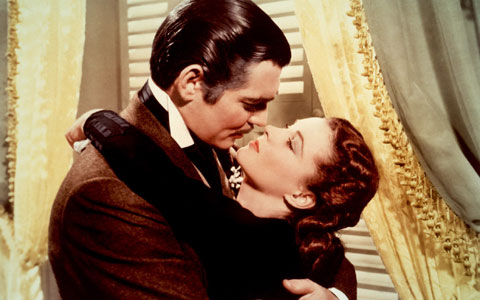
Gone With The Wind (Set In 1860s)
Yes, there are a ton of problems with the nostalgia Gone with the Wind has for the antebellum South, from the lack of power for women at the time to, well, slavery. But the movie is just so damn glamorous, starting with Scarlett and all the other women in their gorgeous dresses at the country picnic, then introducing us to men like Rhett Butler and Ashley Wilkes-- they really, really don't make them like that anymore. Even when the Civil War begins and Atlanta burns to the ground, Scarlett's strength and resolve-- "I will never go hungry again!"-- feel like an epic and great challenge, as if you too could have outwitted the Yankees if you were alive back then. It's hard to imagine anyone, even the audiences who flocked to this movie in 1939, actually wanting to live during the Civil War, but in its Technicolor glory, Gone With The Wind makes it look pretty spectacular anyway.
That's our list. What's yours? Tell us about other movies that made you yearn for another time in the comments below.
Staff Writer at CinemaBlend

